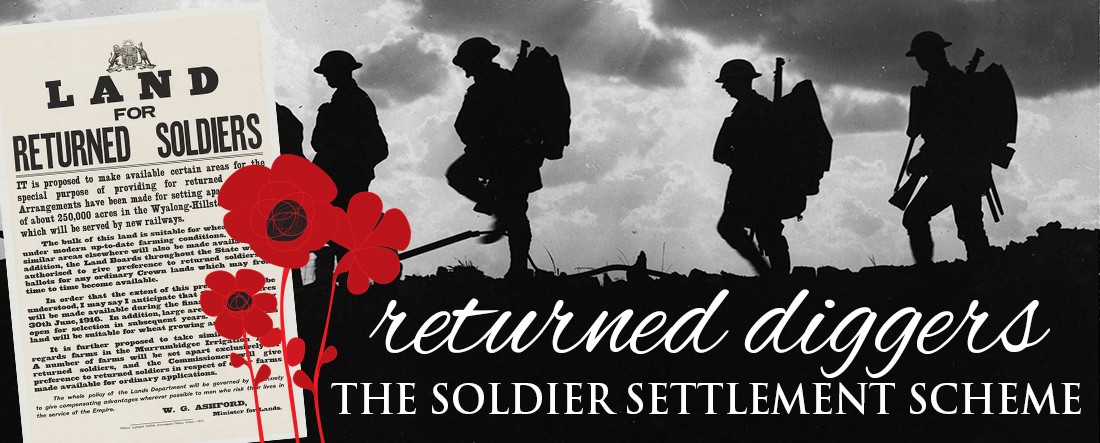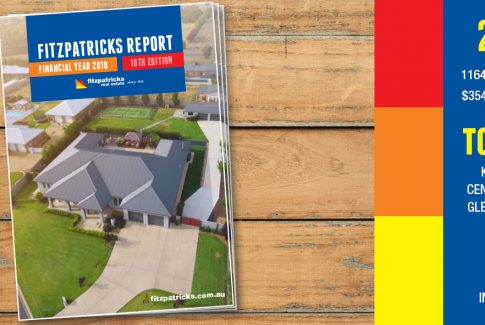
When Australia’s Prime Minister Joseph Cook stated: “If the old country is at war, so are we”, Australia entered World War I – Wagga Wagga, and indeed the Riverina, was quick to answer the call to arms.
About 2000 men with some connection to Wagga had volunteered by the time the Armistice was signed on November, 11, 1918.1
The government realised the importance of providing a source of income for returning soldiers, as well as to recognise the personal and family sacrifices made by them – and the soldier settlement scheme was created as a means of boosting the economy and repatriating the demobilised soldiers into society.
“It was believed that after experiencing horrific warfare they could return to the land and enjoy a peaceful and rural lifestyle which would be better for their body and their mind,” University of New England lecturer Dr Nathan Wise said. 2
To be eligible, soldiers had to have served overseas with the Australian Imperial Forces and have been honourably discharged from service – this was later amended to allow other soldiers to apply.3
Land was available to eligible soldiers on affordable terms, and they could also receive advances of money to make improvements and purchase equipment, plants, stock and seeds.
Crown land was used where possible, but much land was acquired with some big stations selling-off parts of their properties for soldier-settlers to farm. Over 8.1 million acres and 6,448 settlement farms were established across New South Wales.4
Unfortunately the land offered was at times small and unviable; often in poor condition, requiring clearing and fencing and lacking basic infrastructure like roads and access to water; and soldiers who received these smaller blocks of land often experienced significant hardships. Subsequently, with about one-third of the men who took up their land having to abandon their blocks, general consensus among historians is that solider settlement largely failed.2
When the program was repeated following World War II, the infrastructure required for these new farmers was improved as a direct result of learning from the mistakes from the first attempts at such settlement.4
Locally, soldier settlement blocks were made available at Tarcutta, Wantabadgery and Uranquinty, and many are still farmed today by the descendants of those original returned soldiers.
The personal stories of some of these returned servicemen who settled locally with their families are the subject of an exhibition – From Barbed Wire to Boundary Fences: The soldier settlers of Tarcutta and Wantabadgery is currently on display at the Museum of the Riverina’s Botanic Gardens site.
Sources: The Daily Advertiser1, ABC Rural2, State Library of New South Wales3, Wikipedia4
[avatar user=”Fran Macdonald” size=”450″ align=”center” /]









